Still Better Together
Continuing our short series on the best Premier League strike partnerships.
Still Better Together
A couple of months ago I wrote an article highlighting some of the greatest strike partnerships from the early days of the Premier League era and promised that more was to come. Well now is the time. On this occasion we will be looking the best duos (and trios) from the turn of the century and into the 2000s.
A look at the 2024/2025 top 5 in the Premier League goal-scorers chart show that the current kingpins are a winger, three lone strikers (of course supported in other ways), and an attacking midfielder. These are not what we would have seen perhaps even as little as a decade ago.
However, as mentioned in my previous article, in modern football there is a tendency to have lone strikers supported by playmakers or tricky wingers. These can often still be considered strike partnerships but not in the more traditional sense. As our look back develops though, there will inevitably be more instances where those mentioned are no longer two out and out strikers, and this will even be the case in today’s article.
Jimmy Floyd Hasselbaink and Eidur Gudjohnsen
Before the riches of Roman Abramovich came flooding in, Chelsea were happy just being in the upper reaches of the Premier League table and qualifying for the lower European competitions. The top 6 became their consistent finishing place and they had also won the UEFA Cup Winner’s Cup in 1998 thanks to a goal off the bench from the legendary Gianfranco Zola.
What they were missing was a 20-goal-a-season striker and they felt they had got this when they signed Jimmy Floyd Hasselbaink fresh from a 24 goal haul in a season for Atletico Madrid in 2000. The Dutchman had previously had 2 seasons with Leeds where he had proven his goalscoring prowess in England.
Slightly less heralded was the signing of Eidur Gudjohnsen from Bolton in the same summer. The big Icelandic forward was a capable goalscorer but was initially seen as a good squad option from the bench. He would eventually go on to prove his worth though in making 186 appearances for the Blues over 6 seasons.
Hasselbaink had a terrific first season in London, notching 23 league goals, but it was their second season together that things really took off. Between them they scored 52 goals in all competitions and led the team to the FA Cup final, albeit in a losing effort to Arsenal.
The role that each player had beyond that point changed, with Hasselbaink being rotated more due to a combination of injuries and new players (although he did score at least 15 goals in each of the next two seasons) and Gudjohnsen being asked to play in a deeper role following the appointment of Jose Mourinho, but they maintained their friendship and always worked well together when called upon.
Michael Owen and Emile Heskey
When asked to think of a teenage striking superstar in the Premier League era, many will go straight for Wayne Rooney, but before him, Michael Owen really set the standard. His pace and lethal finishing made him a hero for both Liverpool and England and his rise was meteoric, sharing the Premier League Golden Boot in his first full season before going on to star for England in the 1998 World Cup.
What many people tend to forget was that Emile Heskey was only a teenager himself when he broke through at Leicester City, helping the team gain promotion to the Premier League before scoring the equaliser in the League Cup final which his team went on to win in a replay. Although he wasn’t a prolific goalscorer, his size and strength were seen as a huge positive and Liverpool paid £11 million for him in spring 2000.
The 2000/2001 season was an incredible one for Liverpool with the club winning the treble of League Cup, FA Cup and UEFA Cup. Heskey and Owen struck up a productive partnership and scored 46 goals between them across all competitions. Often harshly derided as a striker who didn’t score goals, this would be Heskey’s best ever scoring season but the pair continued to prosper together for another three seasons before both leaving in 2004.
They also struck up a successful partnership for the England team, most notably both scoring in the famous 5-1 win over Germany in 2001. They also led the line together as England reached the quarter finals of the 2002 World Cup.
Kevin Phillips and Niall Quinn
Another little and large partnership who took the Premier League by storm helped Sunderland to a top 8 finish in 1999/2000. During the course of this campaign, Phillips notched 30 league goals which led to him winning the Golden Boot and the European Golden Shoe.
It was the striker’s first ever Premier League season but he certainly wasn’t intimidated by the level of the competition and had already hit 8 goals by mid-September and 20 by mid-January. He didn’t do it all alone though and was ably assisted by his strike partner.
Quinn was a veteran who had previously had top flight experience with Arsenal and Manchester City. He had always been a reliable forward without ever scoring in great numbers. In this season he certainly chipped in though, adding another 14 league goals to Sunderland’s tally and also knocking down many high balls for Phillips to finish off.
The club’s push for a European spot would ultimately be unsuccessful but they did consolidate themselves as a Premier League team over the next few seasons. Things may have turned a little for the worse since but fans will always remember Phillips and Quinn terrorising defences together.
Thierry Henry and Dennis Bergkamp
Bergkamp had already had a great partnership with Ian Wright during his time at Arsenal but this was bettered by his spell playing alongside classy Frenchman Thierry Henry. Originally joining as a winger in 1999, it soon became clear the Henry would be better placed through the middle supported by Bergkamp, amongst others, providing classy back up work.
It was Henry who scored the majority of the goals in this partnership, 164 of the 200 that they shared while playing together, but the Dutchman was a vital cog in the team’s overall attacking play and was much appreciated by his teammate and the fans. Between them the two only linked directly for 18 goals but complimented each other perfectly.
Most famously, they were part of Arsenal’s ‘Invincibles’ season of 2003/2004 where they went though the whole league campaign undefeated. Henry got 30 league goals that season and, although 35 by the end of the season, Bergkamp still managed 4 in 28 appearances.
Surely the classiest pairing on this list, overall they helped the club to two Premier League titles and two FA Cup victories before Bergkamp retired in 2006 and Henry left for Barcelona in 2007 as the Gunners’ highest ever goalscorer.
Wayne Rooney, Cristiano Ronaldo and Carlos Tevez
Both Rooney and Ronaldo were teenage sensations when they arrived at Old Trafford and both had very successful careers. Rooney was an out and out goalscorer and probably the most revered young striker of his time whereas Ronaldo was initially more of a tricky winger, oozing class but sometimes guilty of having more style over substance.
By the time 2007 rolled around, they had moulded themselves into a formidable partnership, despite a famous altercation at the 2006 World Cup that led to Rooney being sent off. Ronaldo had won the United fans back around, after demanding a transfer that was ultimately denied, by scoring more than 20 goals in a season for the first time.
As if they needed any more support, for the 2007/2008 season, they were also joined by the Argentinian Carlos Tevez, fresh from helping West Ham avoid relegation. With this embarrassment of attacking riches, United went on to have an incredible season, winning both the Premier League and the Champions League trophies.
Ronaldo displayed the attacking prowess that he would go on to refine elsewhere in scoring 31 league goals and 42 across all competitions. Tevez also chipped in 14 in the league and Rooney, despite missing some games through injury, got 12. They really were a trio to be reckoned with despite only having two seasons together before Ronaldo and Tevez left while Rooney remained to become United’s all-time record goalscorer.
Dimitar Berbatov and Robbie Keane
Whilst Spurs have perhaps become known for underperforming in the league over time, they have had some formidable strike partnerships. One of the best was the pairing of record Ireland scorer Robbie Keane and the Bulgarian Dimitar Berbatov.
Keane had broken through with Wolves aged 17 and had already had spells with Coventry, Inter Milan and Leeds before joining Spurs aged 22. He consistently scored over 10 goals a season and was assisted by the likes of Jermain Defoe but the signing of Dimitar Berbatov in 2006 was seen as a game changer by fans.
The rangy Bulgarian had been a Champions League finalist with Bayer Leverkusen and had been the second highest scorer in the Bundesliga the previous year. The two got off to a slow start but ultimately found a formula to make their partnership work with both scoring more than 20 goals in all competitions despite Keane suffering from an injury.
More of the same followed the next year, capped off by Berbatov scoring as Spurs beat Chelsea to win the League Cup final against Chelsea. This remains their most recent trophy win 17 years later. Although both strikers scored 15 goals apiece that year, Spurs ultimately struggled and the pair were off by the beginning of the next season with Keane going to Liverpool and Berbatov to Manchester United.
Didier Drogba and Frank Lampard
Fittingly left until last, this is the first pairing on our list which doesn’t contain two traditional forward players but it certainly won’t be the last we look at in the series. As trends in football began to change, this pair set the tone for what midfielders and forwards could achieve in tandem.
Lampard had been at Chelsea for a few seasons and had hit 10 goals for the first time the year before Drogba joined in 2004. It soon became clear that the two had a great understanding and together they drove their team forwards under the reign of Jose Mourinho.
Combined, the pair scored 344 league goals for Chelsea and served each other on 36 occasions. In all competitions this number rose to 51, including twice for winning goals in FA Cup finals.
During their tenure together at the club, Chelsea won virtually everything there is to win from the Premier League, FA Cup, League Cup and Community Shield to, perhaps most memorably, the Champions League in 2012. This was a truly astounding pairing that changed the face of football in West London.
All of these combinations had goalscoring in common but in all instances their styles were slightly different. This goes to show that what works for one our won’t necessarily work for all and that attackers often need to work out the best way forward by themselves. As we move into the future, tactics will continue to evolve and it will be interesting to see what is to come.

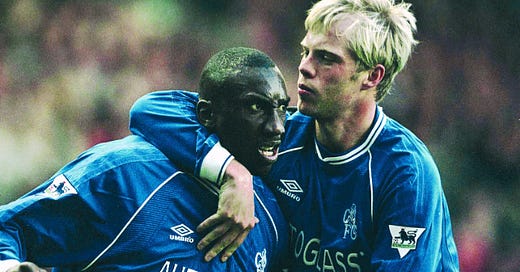


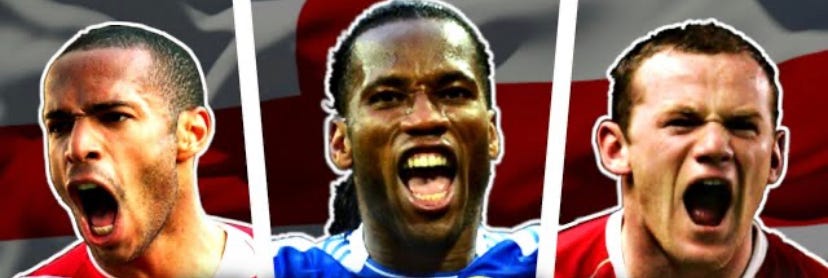

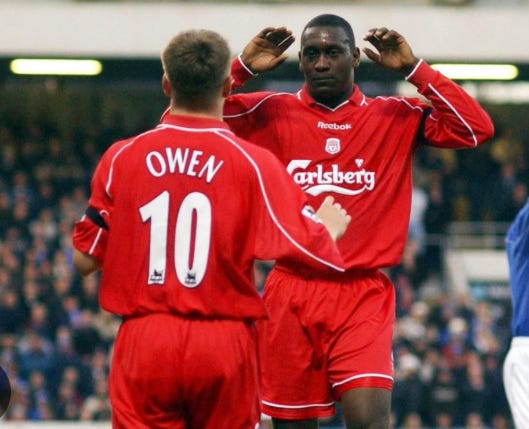
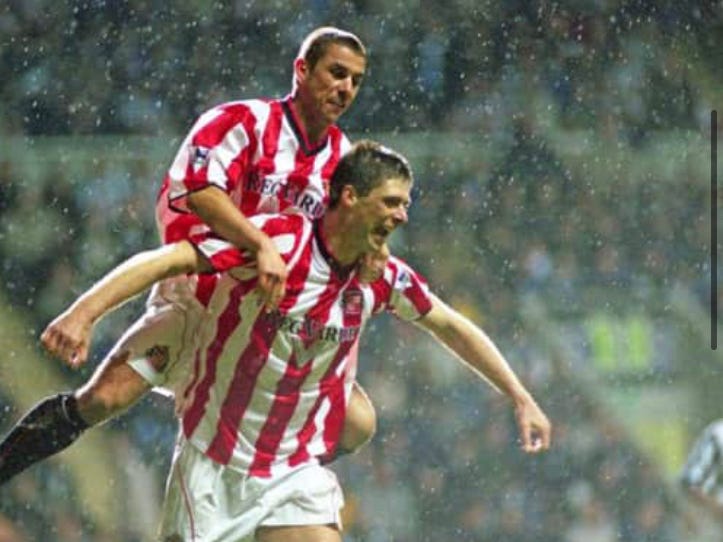
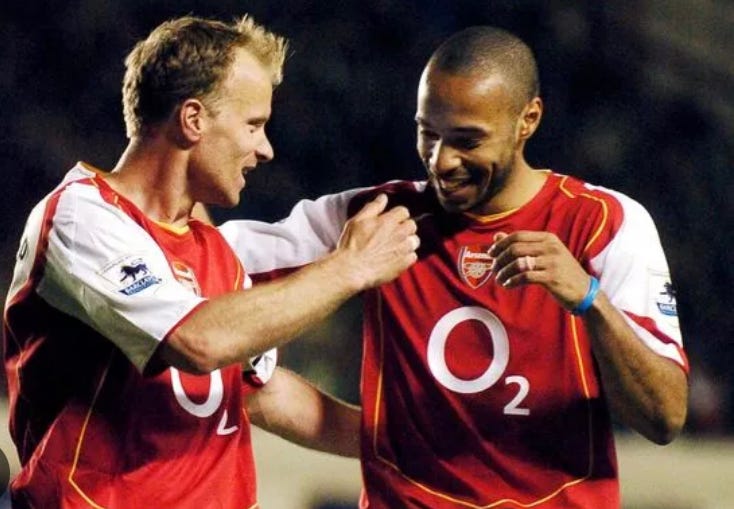
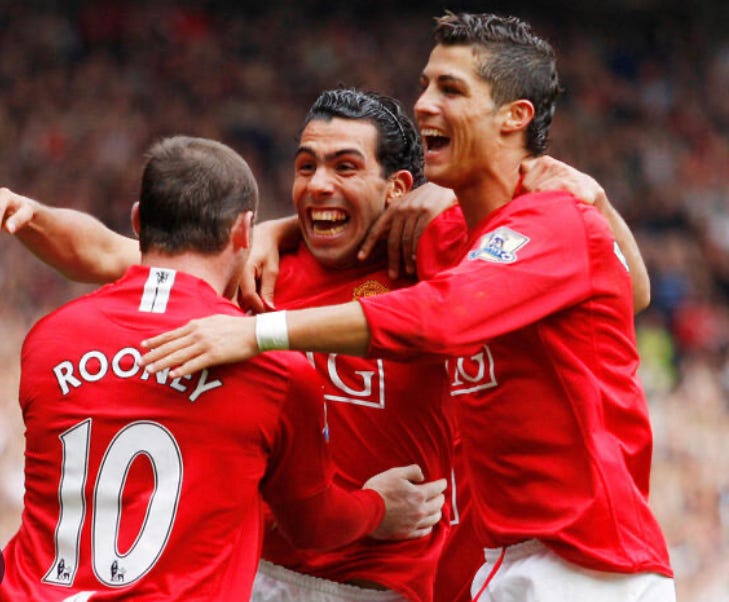
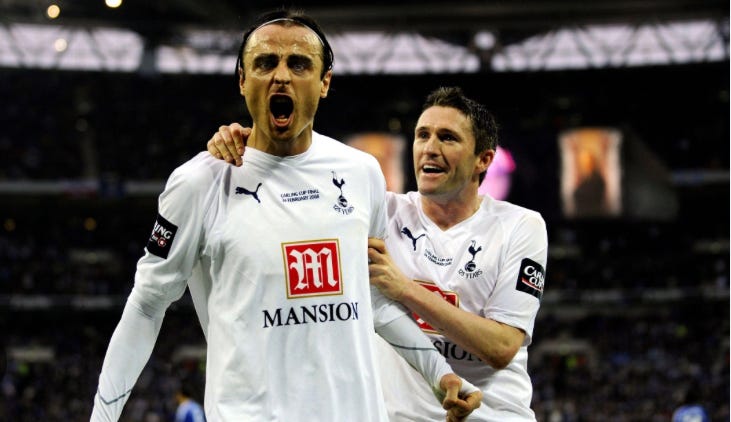
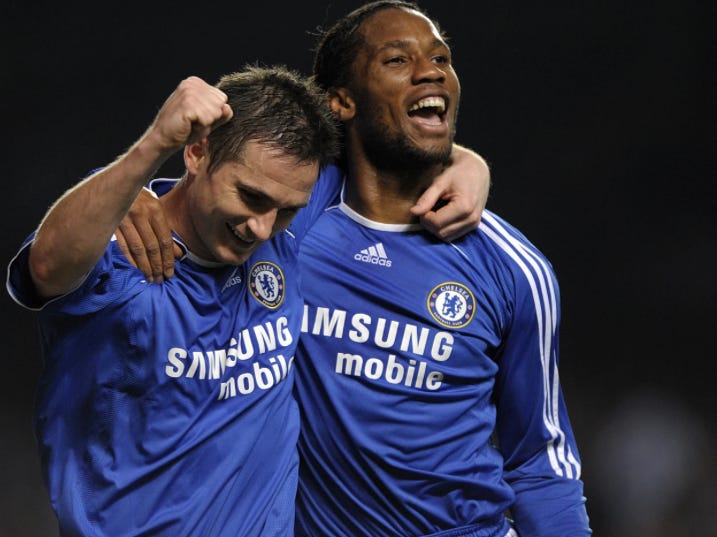
👍👍BFF
You have me wallowing in nostalgia with this latest offering Sam, of course I recall (your Dad too likely) the Law, Charlton, Best holy trinity. Great stuff.
Genek